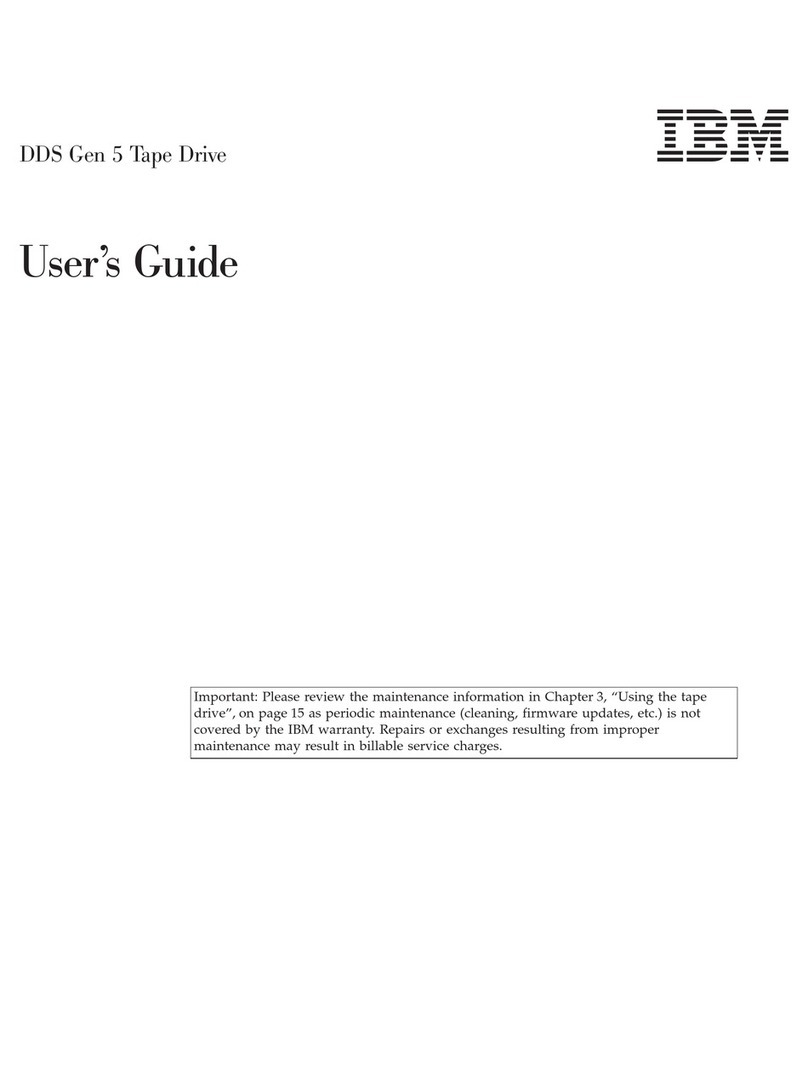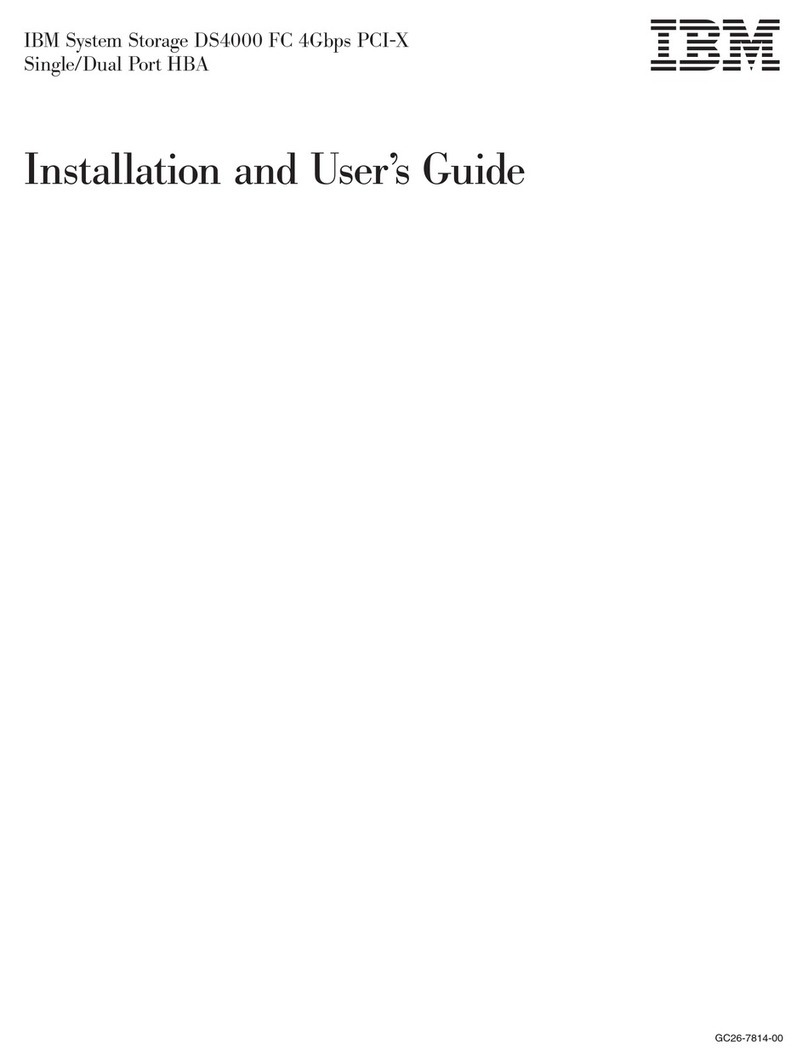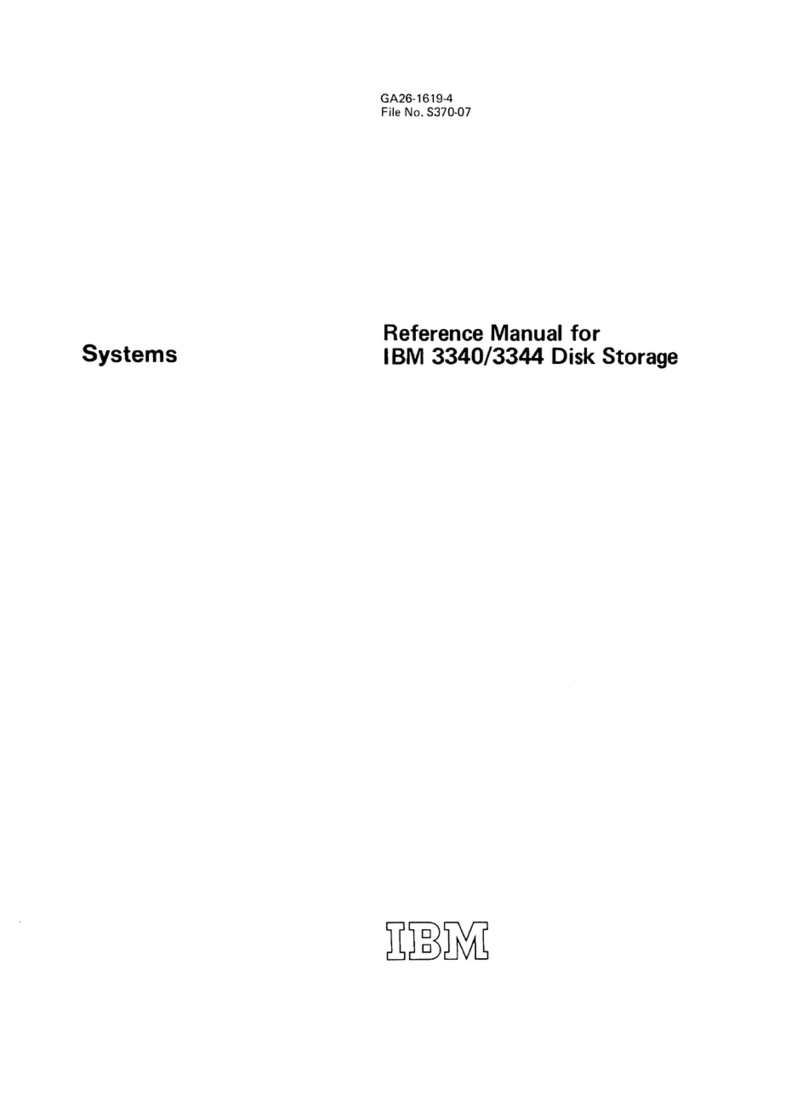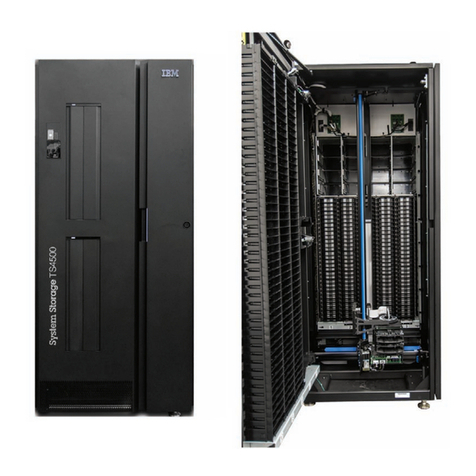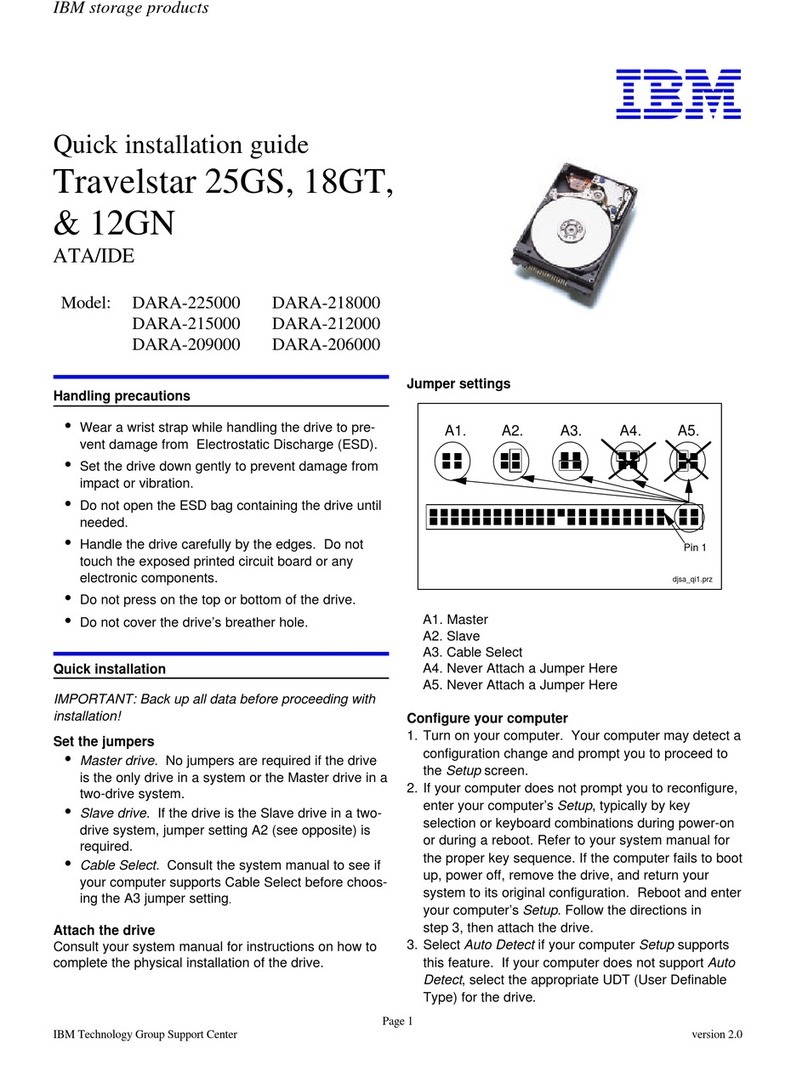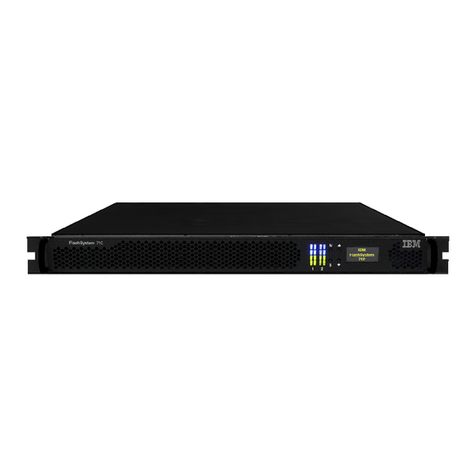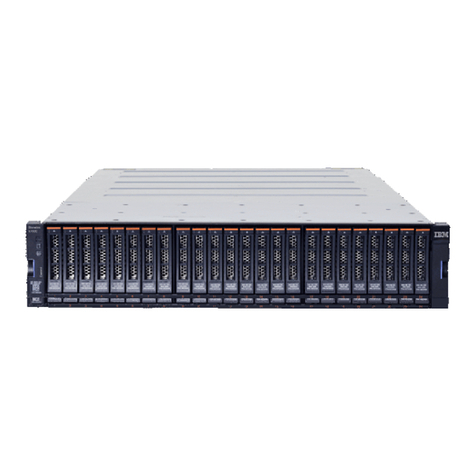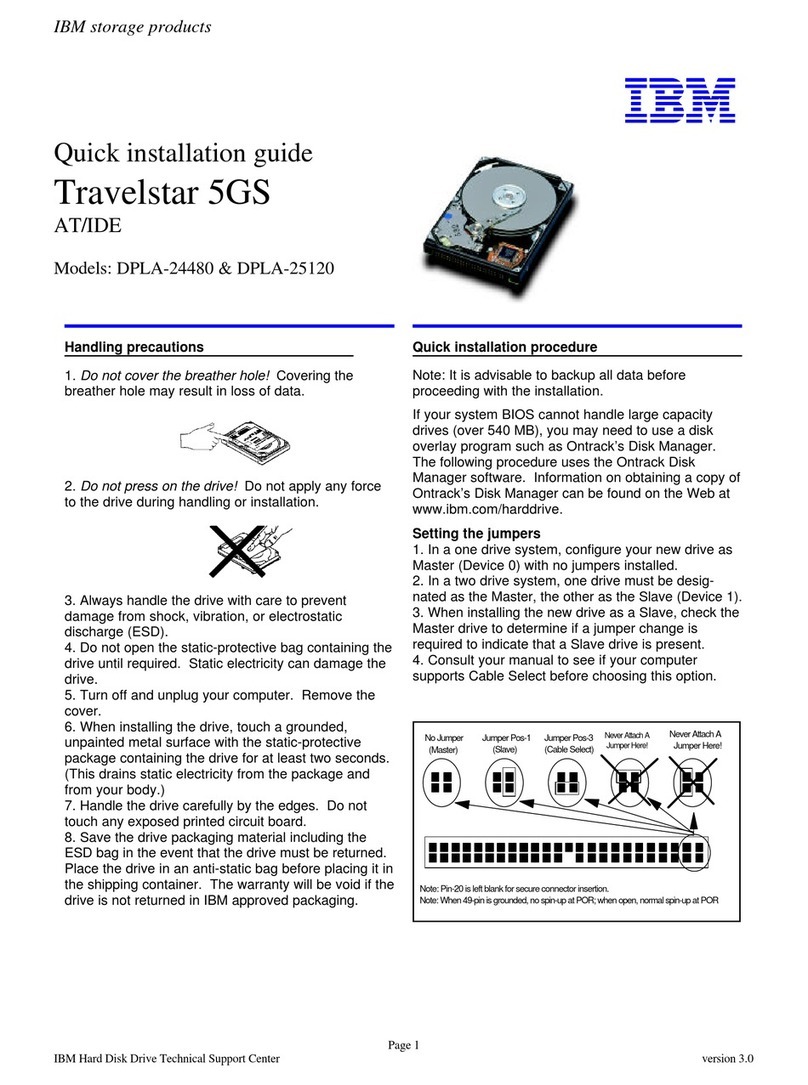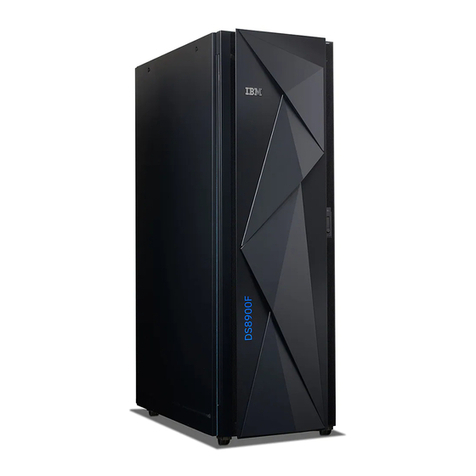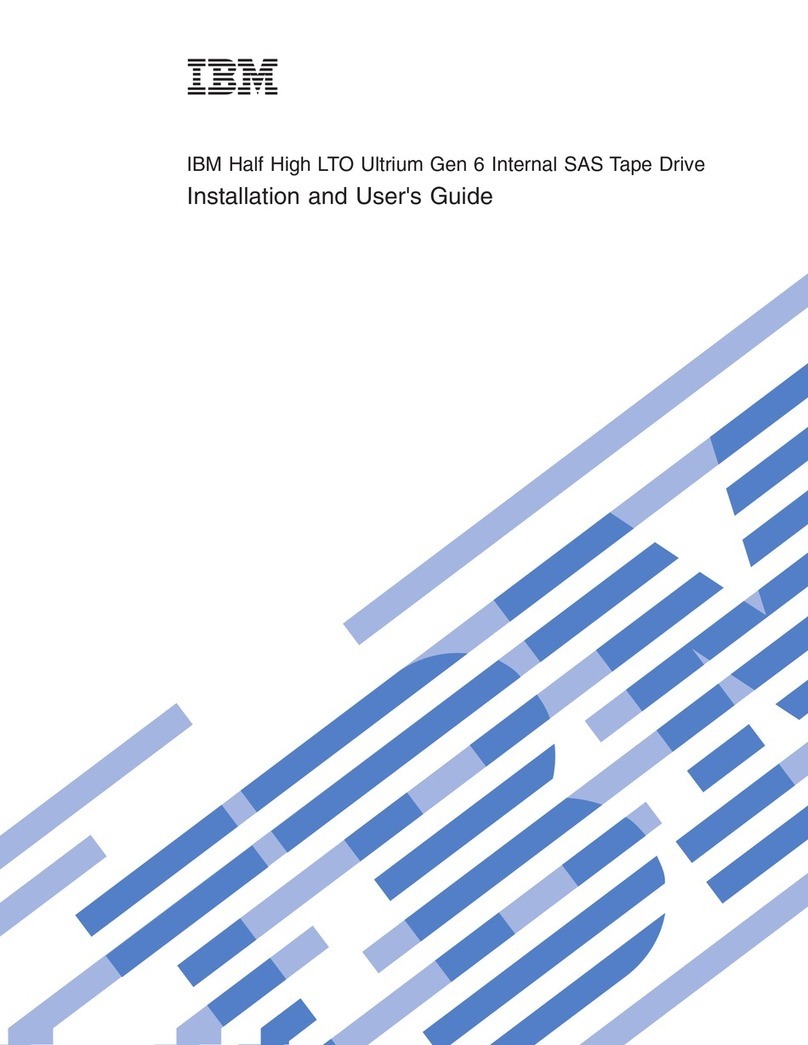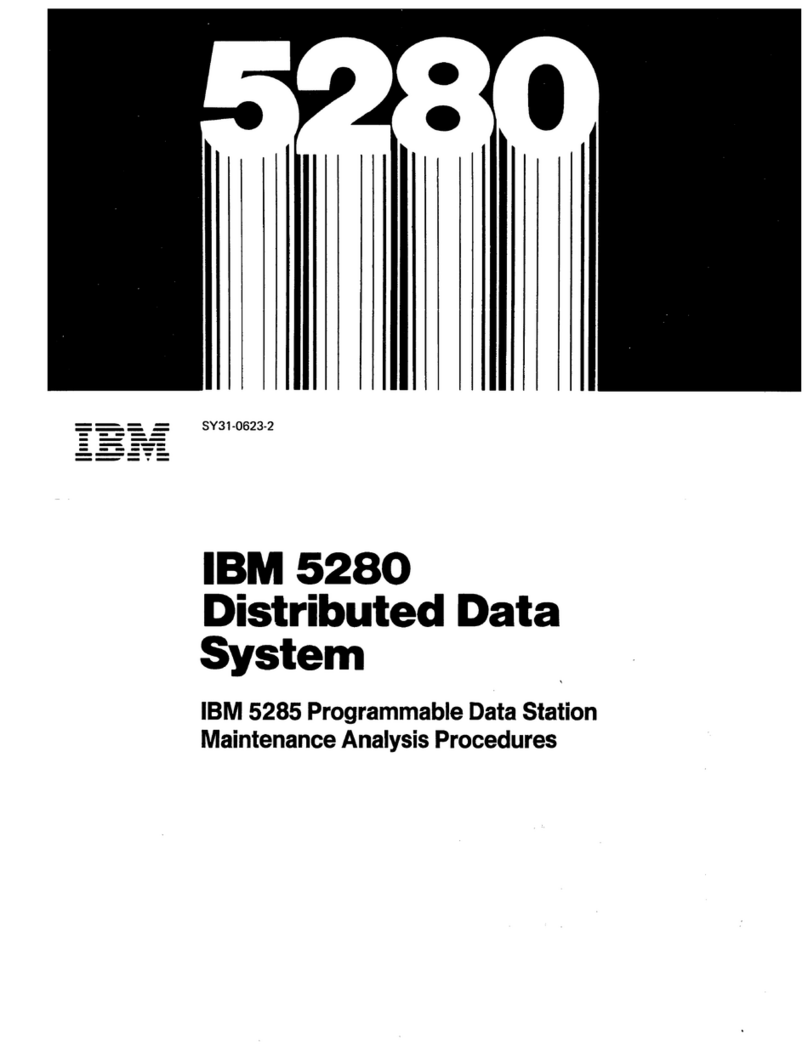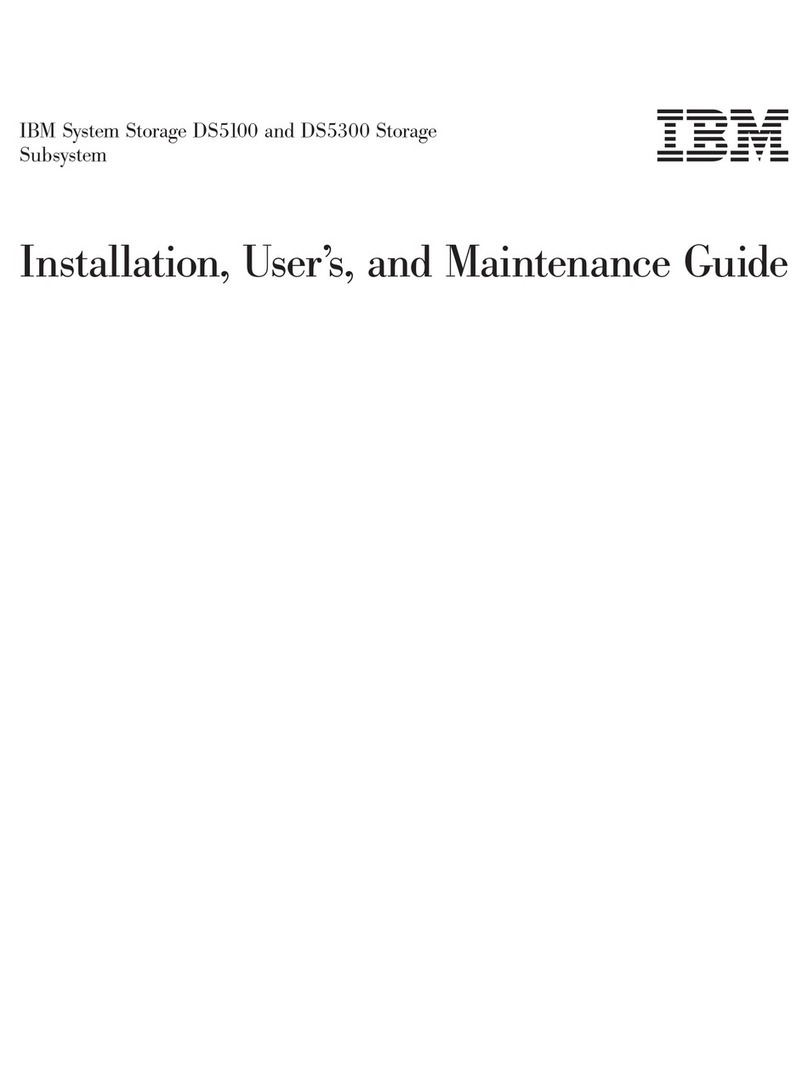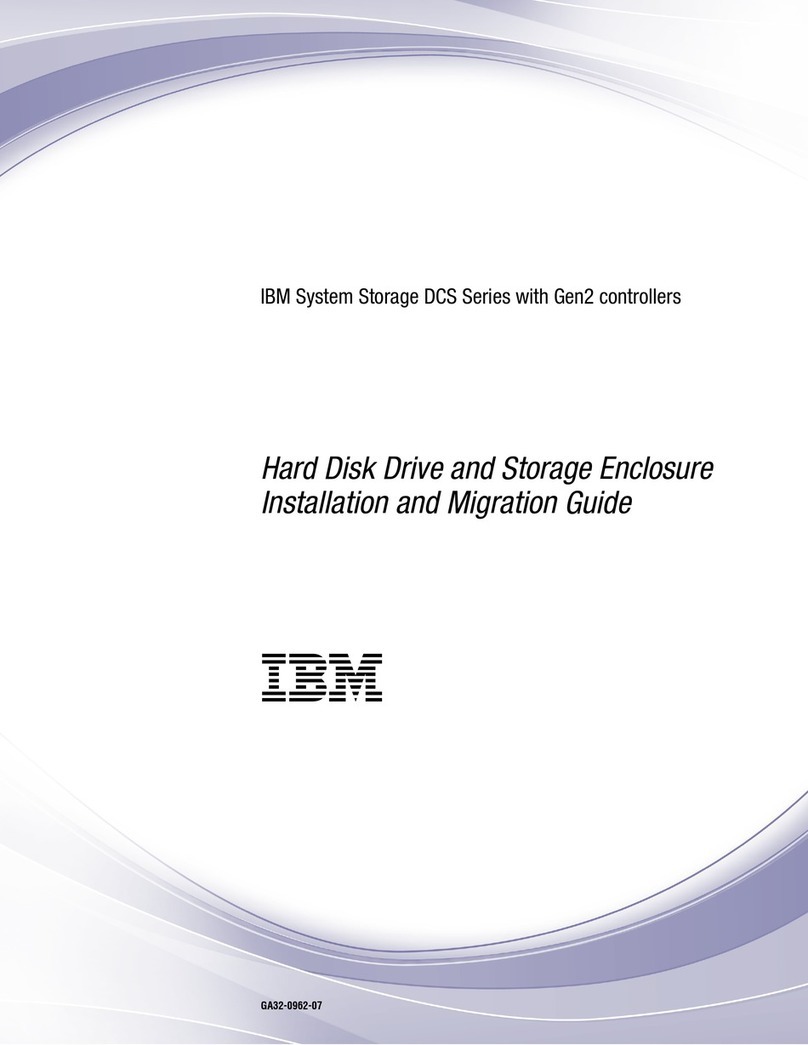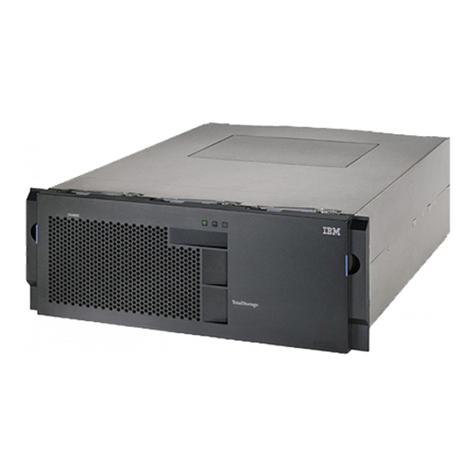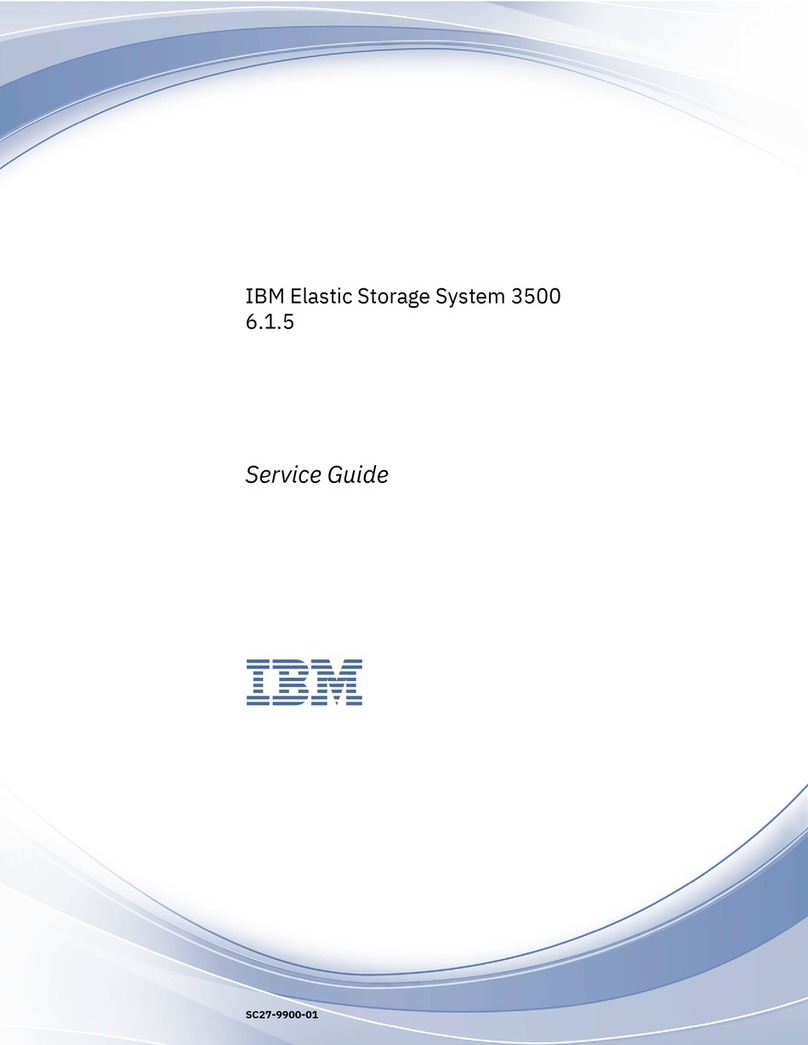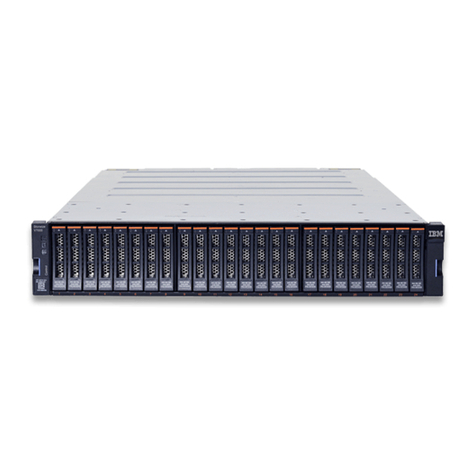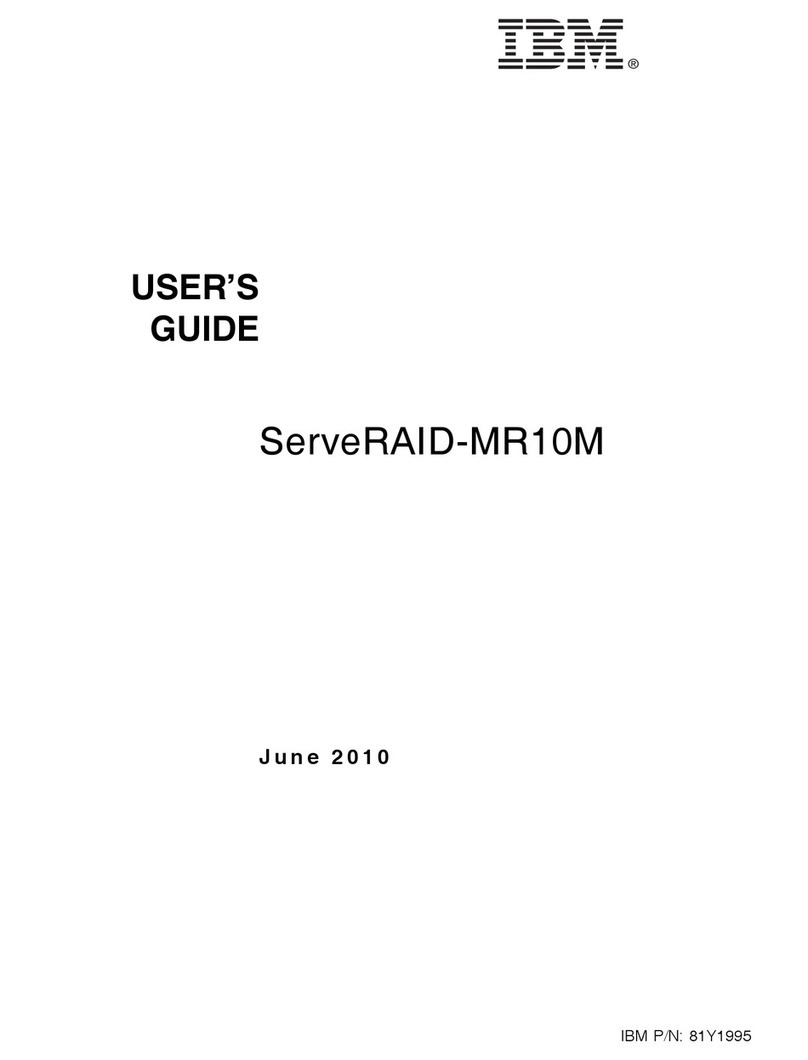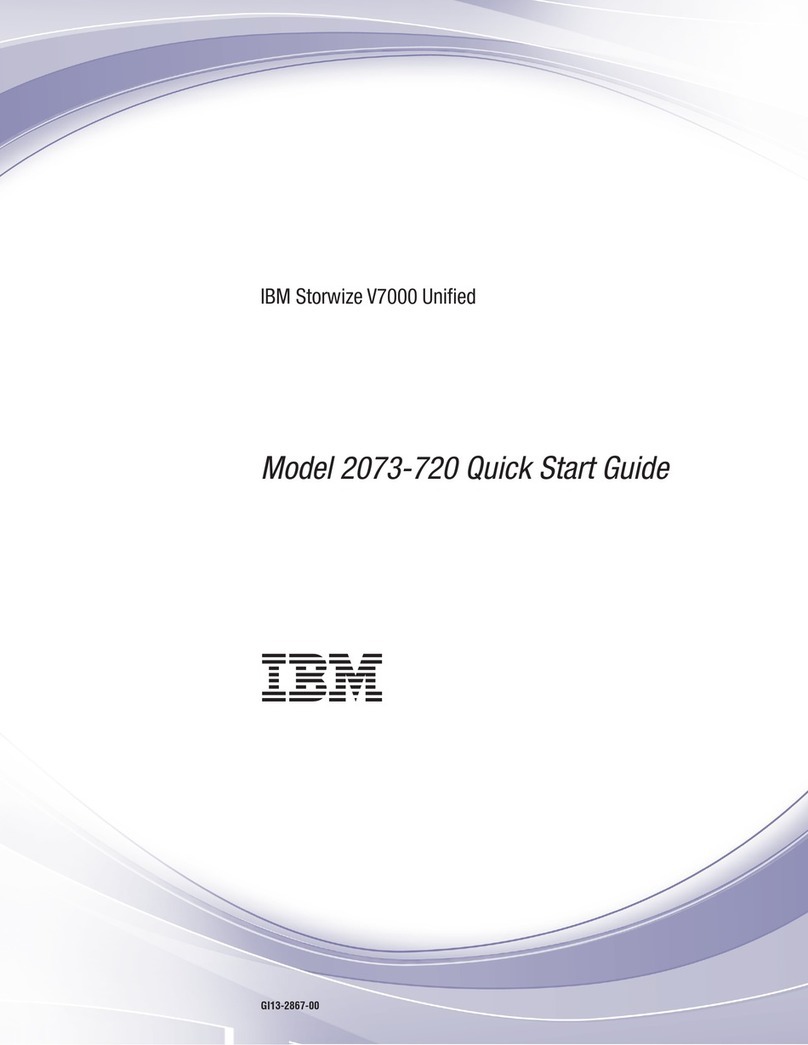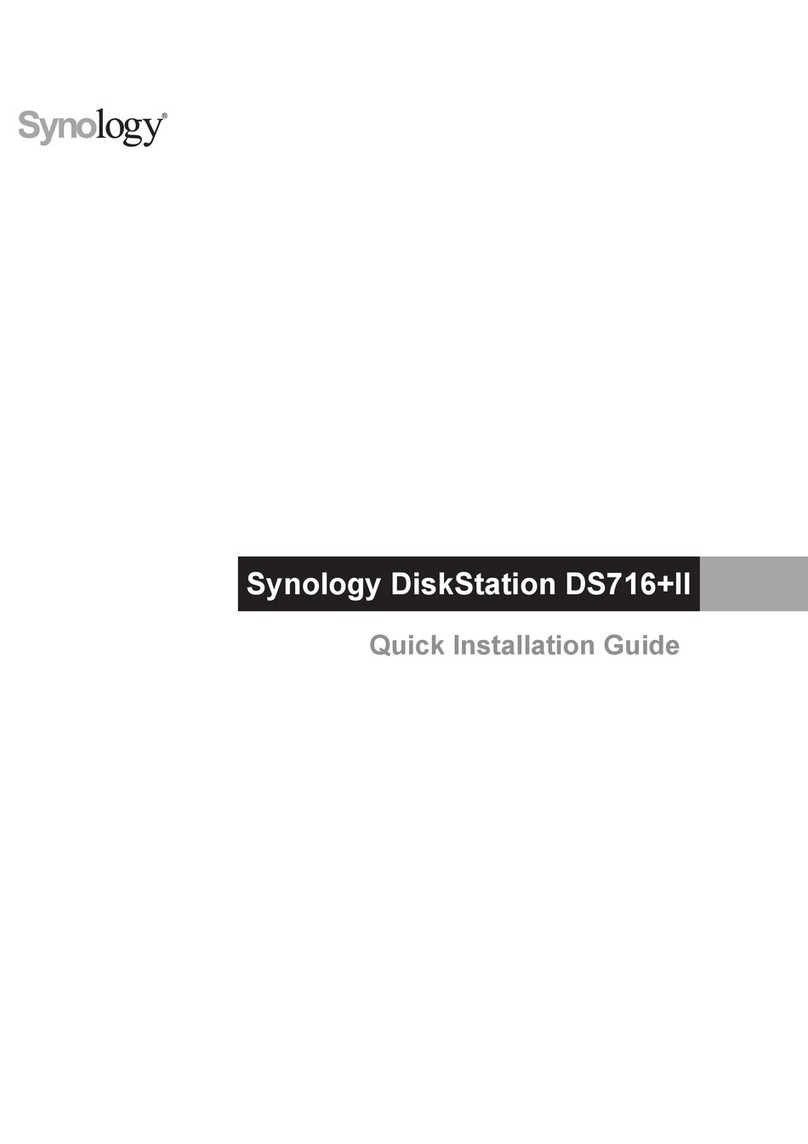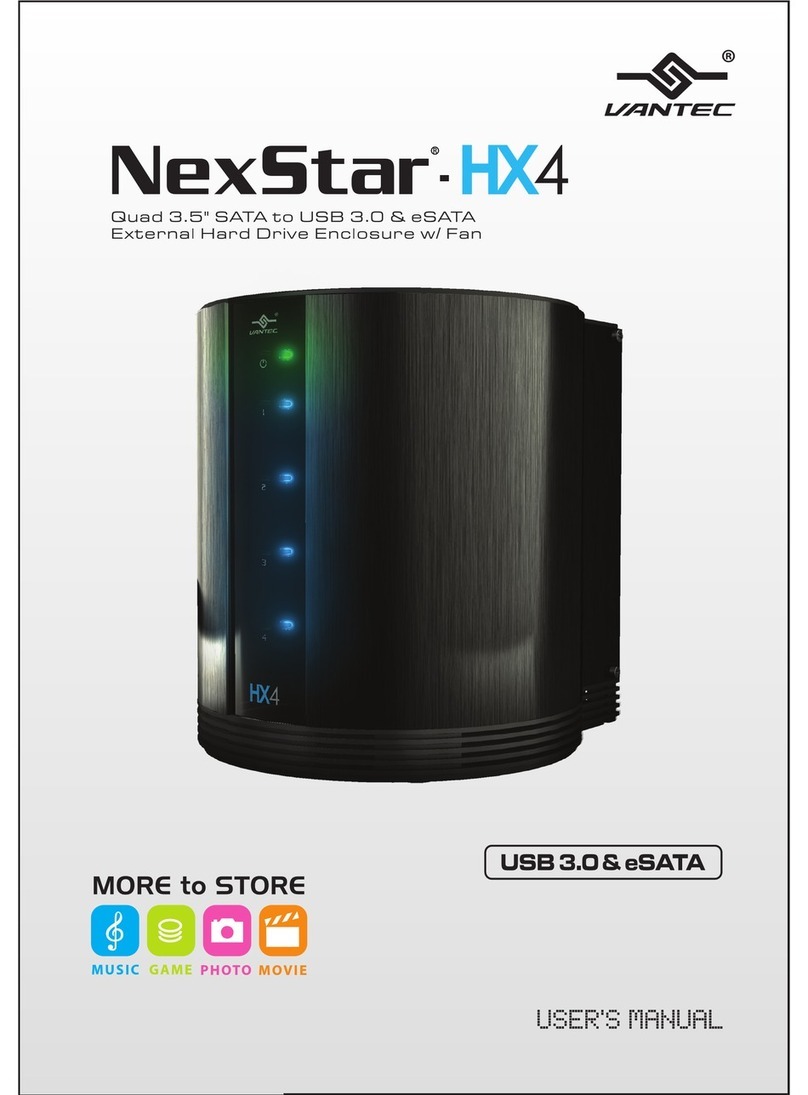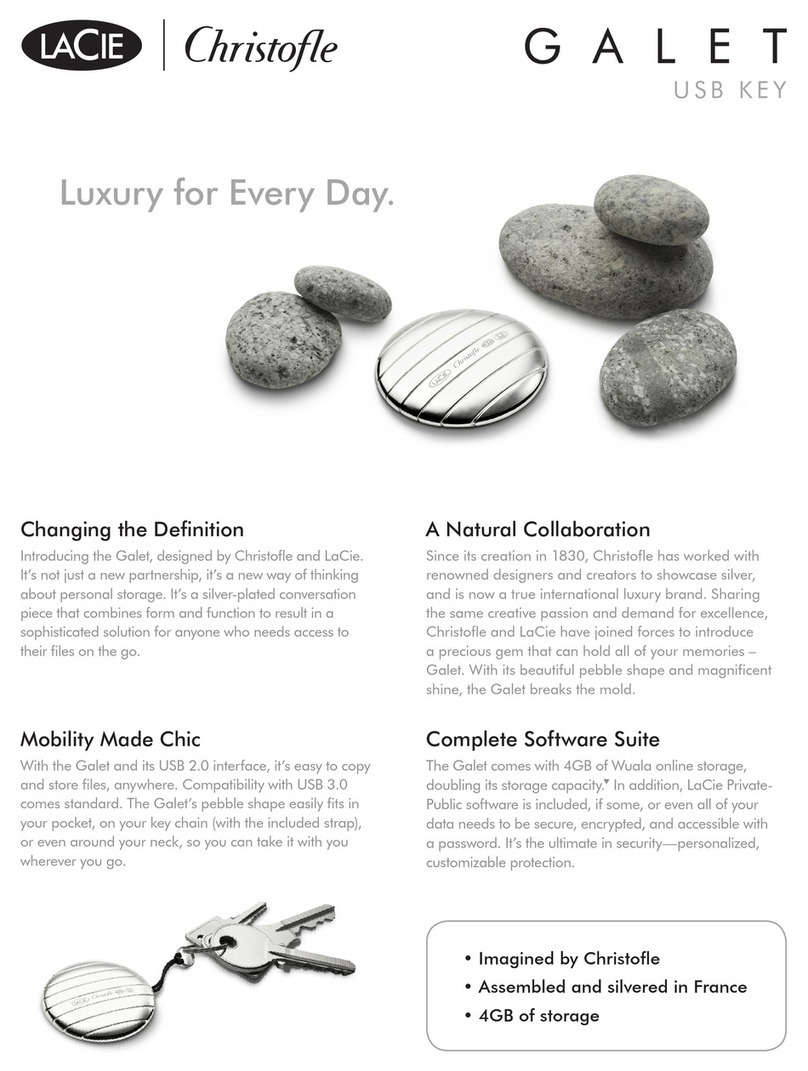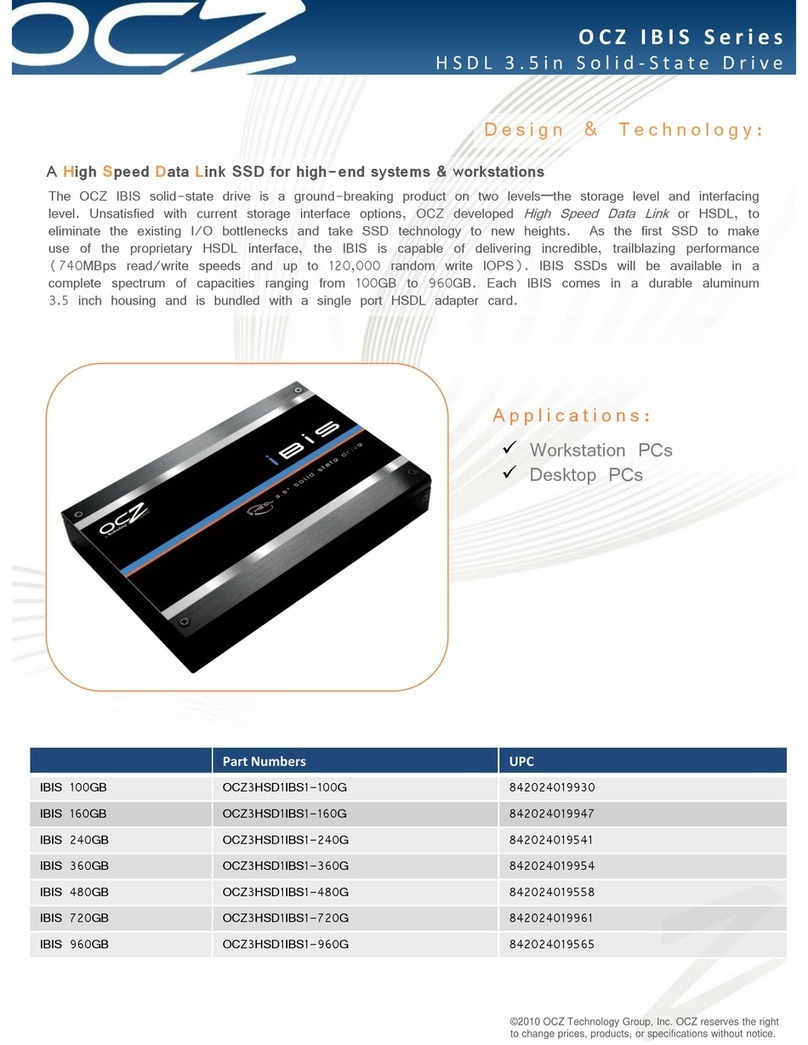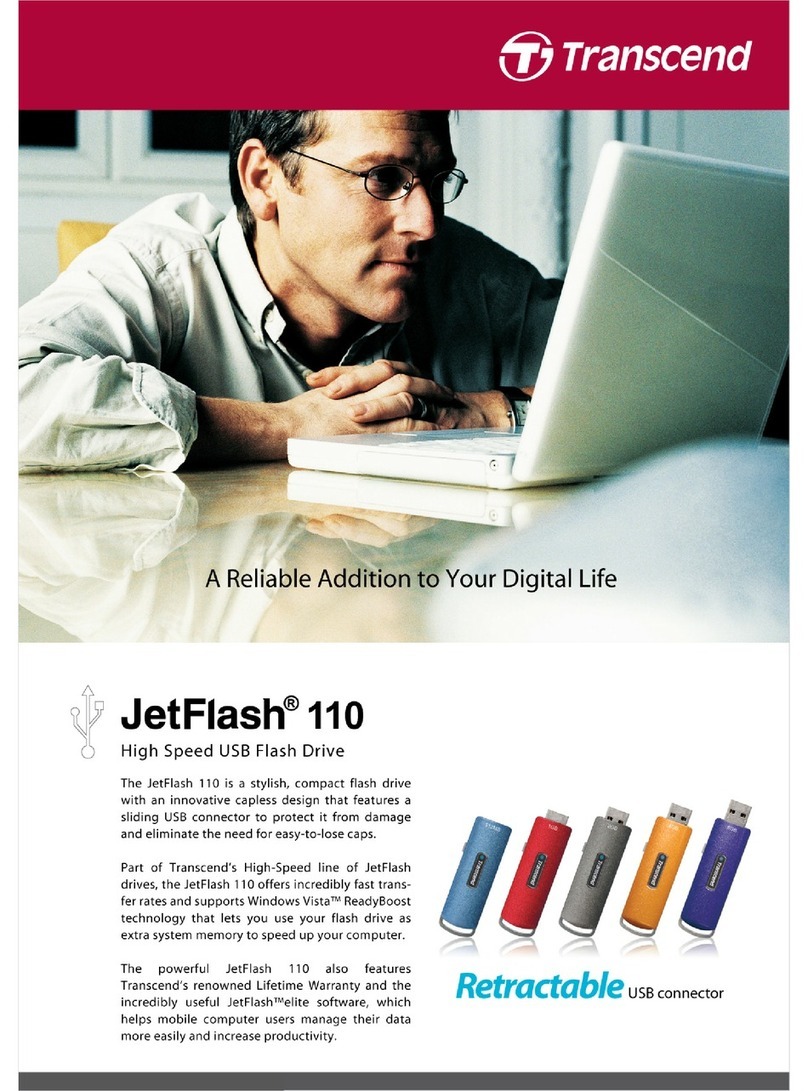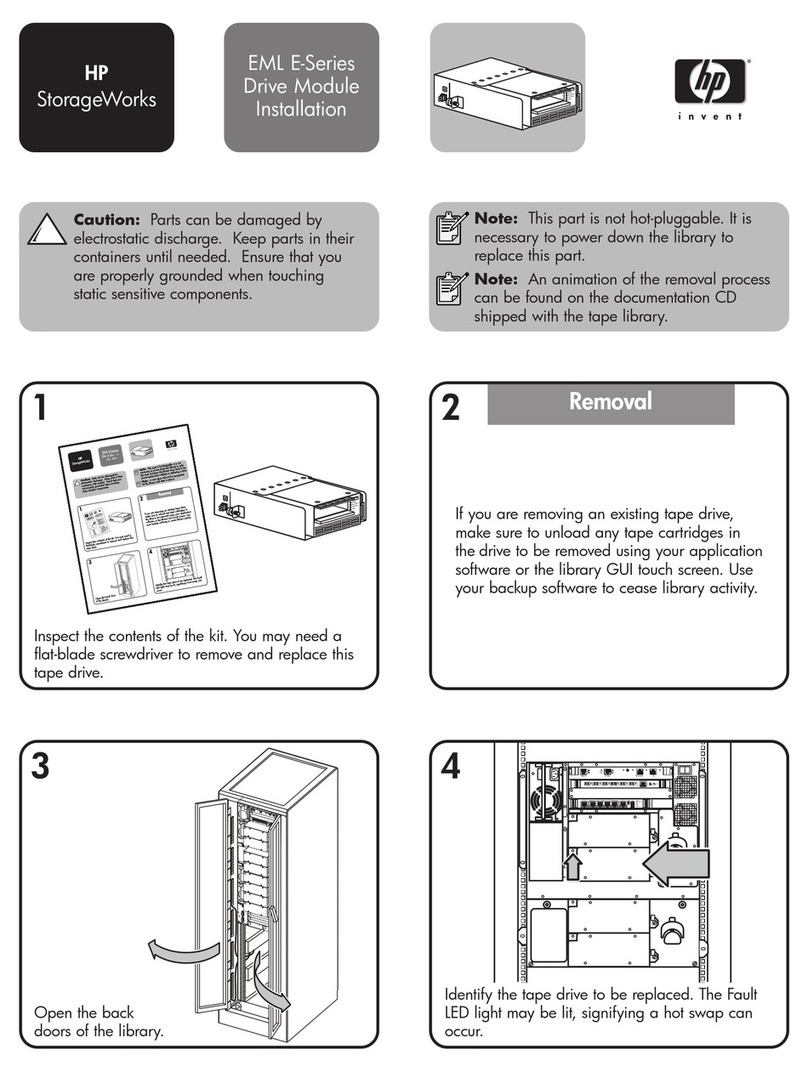
Contents
Safety Information . . . . . . . . . . . . . . . . . . . . . . . . . . . . . . . . . . . . . v
About This Book ...................................... vii
ISO 9000 . . . . . . . . . . . . . . . . . . . . . . . . . . . . . . . . . . . . . . . . . . .vii
Related Publications . . . . . . . . . . . . . . . . . . . . . . . . . . . . . . . . . . . .vii
Chapter 1. Overview . . . . . . . . . . . . . . . . . . . . . . . . . . . . . . . . . . 1-1
Inventory . . . . . . . . . . . . . . . . . . . . . . . . . . . . . . . . . . . . . . . . . . 1-2
Product Features . . . . . . . . . . . . . . . . . . . . . . . . . . . . . . . . . . . . . 1-3
Software Requirements . . . . . . . . . . . . . . . . . . . . . . . . . . . . . . . . . . 1-4
Handling the Tape Drive ................................. 1-4
Drive Preparation . . . . . . . . . . . . . . . . . . . . . . . . . . . . . . . . . . . . . 1-4
Chapter 2. Preparing for Installation ........................ 2-1
Installation Requirements . . . . . . . . . . . . . . . . . . . . . . . . . . . . . . . . 2-1
Switch and Jumper Settings ............................... 2-2
Chapter 3. Installing the 4MM Tape Autoloader ................. 3-1
Remove System Unit Covers .............................. 3-1
4mm Tape Autoloader Installation ........................... 3-1
Chapter 4. Software Installation . . . . . . . . . . . . . . . . . . . . . . . . . . . 4-1
Verifying Device Driver Installation ........................... 4-1
Diagnostics . . . . . . . . . . . . . . . . . . . . . . . . . . . . . . . . . . . . . . . . . 4-1
Chapter 5. Using the 4mm DDS-2 Tape Autoloader ............... 5-1
Applying Power to the 4mm DDS-2 Tape Autoloader ................ 5-1
Loading a Magazine ................................... 5-2
Ejecting a Magazine ................................... 5-4
Forcing an Ejection .................................... 5-5
Modes . . . . . . . . . . . . . . . . . . . . . . . . . . . . . . . . . . . . . . . . . . . . 5-7
Controls and Indicators .................................. 5-8
Chapter 6. Maintenance . . . . . . . . . . . . . . . . . . . . . . . . . . . . . . . . 6-1
Head Cleaning . . . . . . . . . . . . . . . . . . . . . . . . . . . . . . . . . . . . . . . 6-1
Appendix A. Communications Statements . . . . . . . . . . . . . . . . . . . . . A-1
Federal Communications Commission (FCC) Statement .............. A-1
European Union (EU) Statement ............................ A-2
International Electrotechnical Commission (IEC) Statement ............. A-2
United Kingdom Telecommunications Safety Requirements ............. A-2
Contents iii
